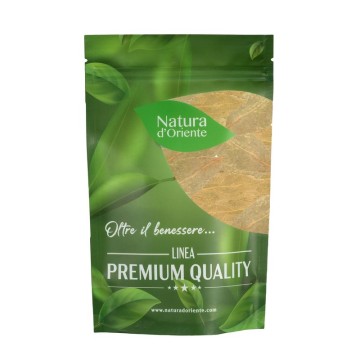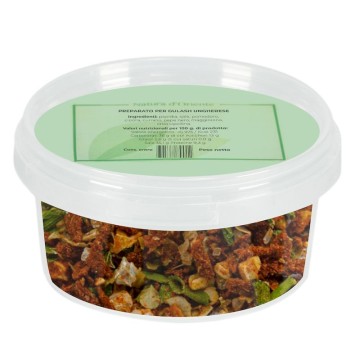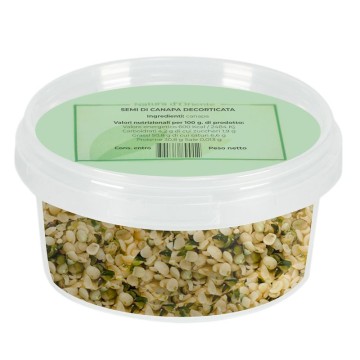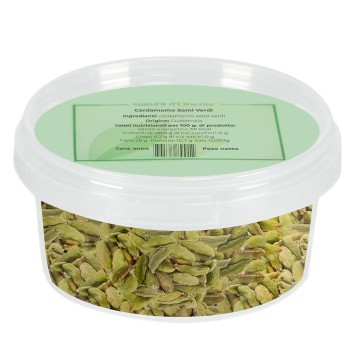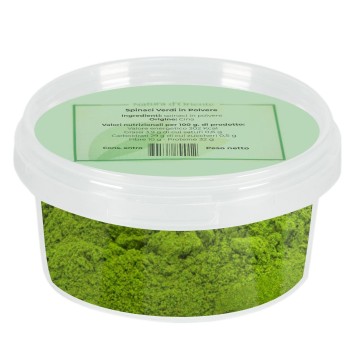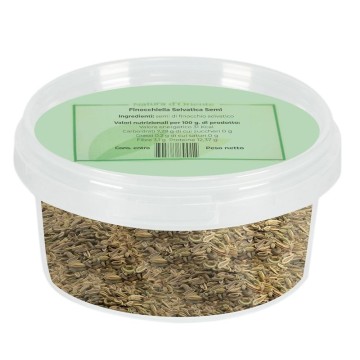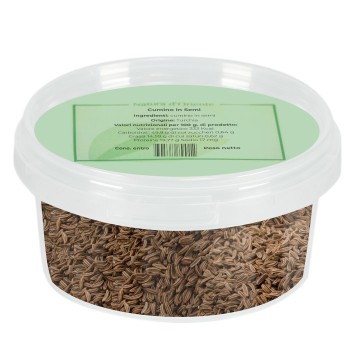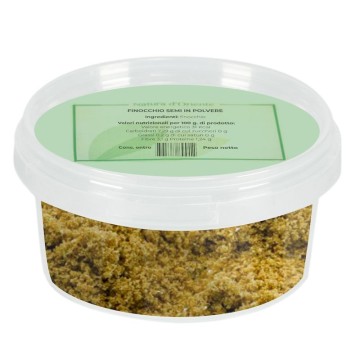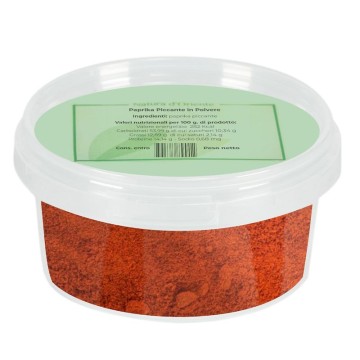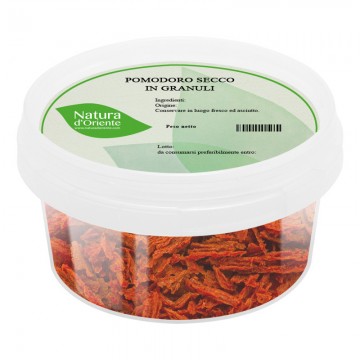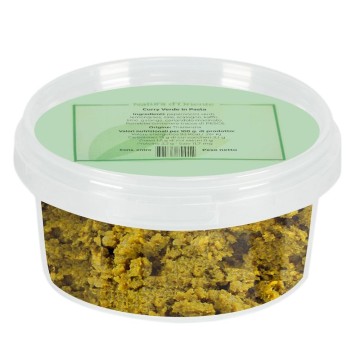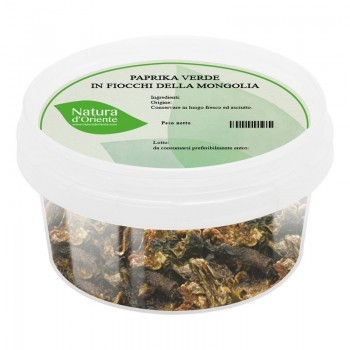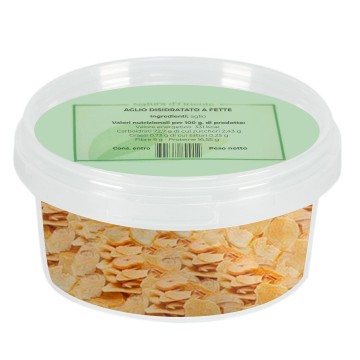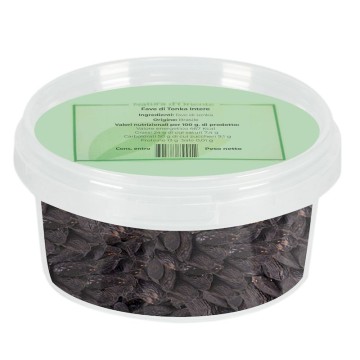Coriander powder: properties and benefits
One of the most well-known virtues of him is the digestive one, given that this spice facilitates gastrointestinal regularity. The essential oils contained in coriander contribute to the correct secretion of enzymes and digestive juices in the stomach, stimulating the correct assimilation of food and the fluid movements of the digestive tract.
The use of coriander, often in combination with other spices, is in able to reduce unpleasant symptoms such as abdominal and intestinal swelling, due to the presence of excess gas. Components such as linalool, geraniol and borneol support the antispasmodic and digestive capacity, which makes coriander a natural soothing remedy in case of abdominal swelling, meteorism, gastric disorders, nausea and diarrhea. Coriander is a spice that also acts as a tonic, stimulating the appetite and the nervous system against the sense of tiredness.
Its properties are due to the presence of beneficial substances such as vitamins, mineral salts and fibre, essential oils and other compounds. On a nutritional level, the spice has minerals including iron, magnesium, manganese and copper. It has, as we have seen, essential oils and acids with beneficial properties. In particular, the antioxidants contained in coriander are a support for protecting cells from the oxidative damage of toxins. In terms of beneficial compounds, coriander is rich in terpinene, quercetin and tocopherols, beneficial for the well-being of cells and protection from damage - caused by free radicals. Furthermore, coriander can act on carbohydrate metabolism. It activates some enzymes that help regulate the correct assimilation and absorption of sugars, and their levels in the blood. For this reason, people with low blood sugar should use this spice with caution. Pregnant women are also advised to be careful when taking coriander herbal teas. Another known virtue of coriander is that it helps the body's purification process through diuresis - which facilitates the expulsion of toxins, with a detox result.
Using ground coriander in cooking
The powder comes from dried and ground seeds, well known for their delicate scent. It gives a great aroma and flavor between sweet and citrus, with more earthy and less pungent notes than the leaves. Widely used as a typical condiment in Asian, Indian and Middle Eastern cuisine, powdered coriander adds particular aromas, reminiscent of dill, cumin and fennel. This ground version is convenient to use in the kitchen, and is often combined with other spices for various recipes. The powder is inserted directly into the preparation, avoiding roasting the seeds.
Savory recipes: powdered coriander is used to flavor soups, broths, rice and broth in a practical way. It adds flavor to grilled, baked or boiled vegetables (courgettes and broccoli). On legumes it makes lentil and chickpea dishes lively. The citrus flavor goes well with mushrooms, egg dishes, casseroles, cheeses, vegetable meatballs and cold pasta salads. A sprinkling of ground coriander flavors baked goods, flavoring biscuits and focaccias, bread, breadsticks, cakes and some English desserts.
International cuisine: coriander is a typical spice in exotic dishes such as curry, chutney, Thai noodles. It is used for couscous, falafel and Middle Eastern meat fillings, while in the Far East it mainly flavors soups and salads. In Mexican cuisine, coriander is a typical ingredient for sauces, fillings, bean chili dishes. Flavors vinaigrettes and pickles in the Northern European tradition.
Meat: powdered coriander gives an intense and lively flavor to meat and fish dishes - excellent in foil recipes and on shellfish. It flavors game, stews and the preparation of meatballs or hamburgers. You can use powdered coriander to create marinades and barbecue rubs by adding it to other spices to enhance the flavor of chicken, pork and white meats. It flavors different types of cured meats and sausages, meat fillings and meatloaf mixtures.
Sauces: Excellent ingredient for fresh tomato sauces and sauces, mixes well with garlic and lemon juice in marinades. The flavor of cilantro is known in Mexican and South American sauces such as guacamole, chimichurri and ranchera sauce for eggs.
Infusion: a coriander herbal tea facilitates digestion and the elimination of gas, avoiding flatulence and bloating. Usually around 2 g of powdered coriander is used, infusing it for around 5-7 minutes in a cup of boiling water (around 100°C). Coriander is used indigestive infusions, also in combination with fennel and anise.
Drinks: in some recipes coriander flavors beer and wine and is used for the preparation of digestive liqueurs.
Mixtures: Coriander powder is part of garam masala or curry in Indian cuisine. It pairs well with cumin, cloves, garlic and chili pepper, aromatic herbs such as rosemary and thyme.
The coriander must be dosed carefully, so as not to overpower the flavor of the dishes. To make a difference in a dish, even just ¼ teaspoon of ground coriander is enough. Chicken with ground coriander
Ingredients: 1 small chicken cut into pieces (or 4-6 breasts or thighs) - 80 g pitted black olives - 1 teaspoon ground turmeric or saffron - 4 tablespoons extra virgin olive oil - 1 tablespoon of butter - 4 large, crushed garlic cloves - 2 teaspoons of powdered coriander - 1 sliced lemon - salt and black pepper to taste
Preparation Heat the oil and butter in a large heavy-bottomed pan, roast the chicken. When it is well browned, add the garlic cloves, spices and ground coriander; adjusting salt and pepper.
Continue cooking for about 10 minutes, turning the chicken pieces from time to time. Add water, about a cup or as much as needed to cover the chicken. Simmer everything over low heat until cooked through, adding more water if necessary. Finally, add the olives and lemon and continue cooking for another 8-10 minutes over a rather low heat - until the sauce is reduced. Serve with basmati rice or couscous.
Origins and history of cultivation
Coriander is one of the oldest spices in the world, and the first evidence of its use dates back to around 5000 BC. It derives from the herbaceous plant Coriandrum sativum, belonging to the Apiaceae (or Umbelliferae) family and related to parsley, carrots and celery.
Coriandrum sativum is annual, 30 to 60 mm tall and shows scented leaves, small flowers they are pink or whitish and a small fruit. What we call seeds are the fruits of the plant, with a spheroidal shape similar to the grain of pepper. From their grinding, coriander powder is obtained. The plant is probably native to the Mediterranean and Middle Eastern regions, perhaps to North Africa - from where it would have spread elsewhere, as far as Asia and America. In ancient times, coriander was used both as an aromatic herb and as a carminative spice for digestive well-being. The ancient Romans already used it to flavor bread, and this spice was prescribed as a refreshing and stimulating tonic. Coriander was also known to the Egyptians, Greeks and Jews. The Egyptians, on the other hand, used it to season barley and millet biscuits and to give a more aromatic flavor to wine. In more recent times it has been used in medicine to mask the taste and smell of some drugs (especially vegetable laxatives).
Today the coriander plant is cultivated in many different areas of the world to obtain the edible parts. The dried fruits and seeds are used to flavor food, the leaves are used in Indian, Chinese and Latin American cuisine. In the United States the seeds are called "coriander", even in the ground version, while the leaves are called cilantro, with the Spanish name. This plant is also known as Chinese parsley.
A curiosity? Many anecdotes are linked to coriander, including one from the Renaissance era. Coriander seeds were transformed into small sweets, candied with sugar syrup, ready to be thrown during popular festivals or on special occasions. Over time, the seeds were replaced with pieces of colored paper, and thus the confetti we throw at carnival was born.

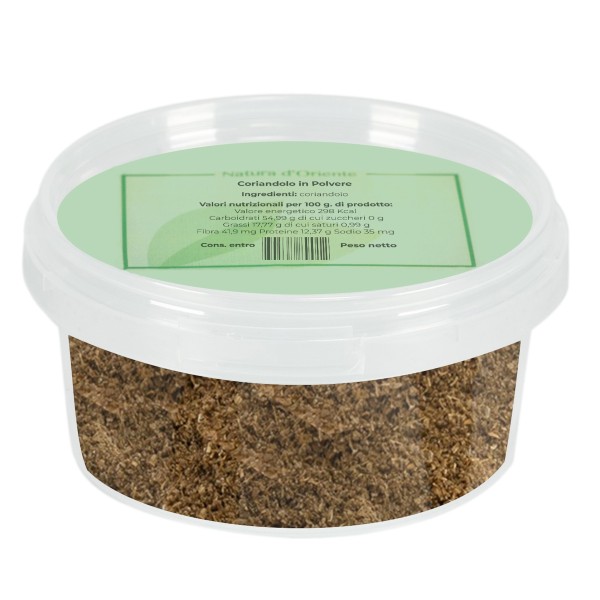







 No reward points for this product.
No reward points for this product.
